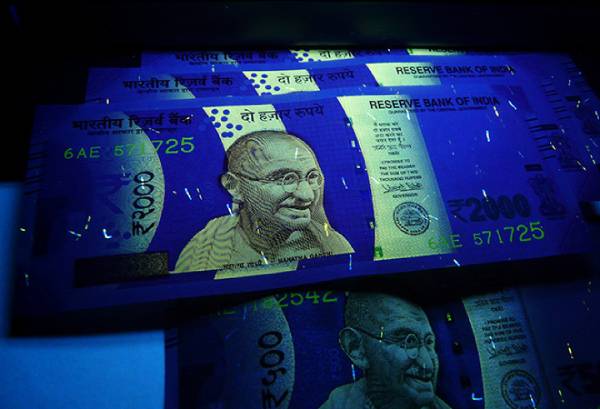The Reserve Bank of India (RBI) is looking into whether there is a need for such a digital edition of fiat or cryptocurrency, and if so, how to operationalize it, according to a booklet detailing the evolution of money transfer processes in India from 2010 to 2020.
What is Central Bank Digital Currency?
The Central Bank Digital Currency, or CBDC, is a legally enforceable and a central bank debt foreign currency in a sovereign currency that appears on the central bank’s balance sheet, as per the RBI. It comes in the form of electronic currencies that can be transferred and traded in the same way that cash and conventional central bank reserves can.
According to the RBI, technological advancements are increasingly transforming the payments landscape, prompting central banks around the world to consider whether they can use technology to issue fiat currency in digital form.
The RBI said in February that 80 percent of the 66 contributing central banks had begun schemes to consider the use of CBDC in some way, citing a survey released by the Bank for International Settlements. The moves being developed and implemented by the central banks of China and Sweden are discussed below,” the RBI Bulletin said at the time.
Payment and Settlement Systems in India:
“Private digital currencies (PDCs)/virtual currencies (VCs)/crypto currencies (CCs) have developed traction in recent years,” according to RBI’s study, “Journey in the Next Decade of the Millennium.” Regulatory authorities and governments in India have been sceptical about these cryptocurrencies and are concerned about the threats they entail.
Nonetheless, the RBI is looking at whether there is a need for such a digital copy of fiat money and, if so, how to make it operational.” If the central bank permits Bitcoin Equaliser to be used in the world, it will be a landmark moment in the country’s banking system.
CBDC is being researched and tested, and some of its apparent advantages include:
- It has the potential to increase payment systems’ competitiveness, performance, and stability in the face of ever-increasing concentrations of payments in the hands of a few Internet behemoths.
- It has the potential to aid in the advancement of financial digitisation and equitable finance. This would tend to reduce the amount of cash in circulation in the economy even further.
- It will significantly decrease the monetary base/currency in circulation’s issuing and management fees, such as printing, shipping, storage, and maintenance.
- It can track the entire period of currency movement and record details, improving currency issued accuracy and preventing and controlling financial risks posed by shadow banking.
- It may also make use of existing digital marketing platforms to improve global penetration and provide a full environment for digitally enabled economic and financial activities.
- It has the potential to allow a full contactless economy.
There are measures that may be considered to mitigate the possible risks, such as a lower CBDC interest rate that is indexed to bank rates. CBDC and bank deposits should be handled as two separate schemes, and they are not always fungible, because bank deposits cannot always be converted into CBDC on demand.
Conclusion:
Given India’s advantage in cashless transactions over many other countries, we must ensure that we maintain our lead in digital currency as well. It is past time for our reserve bank to investigate and start a conversation about a central bank digital currency.
